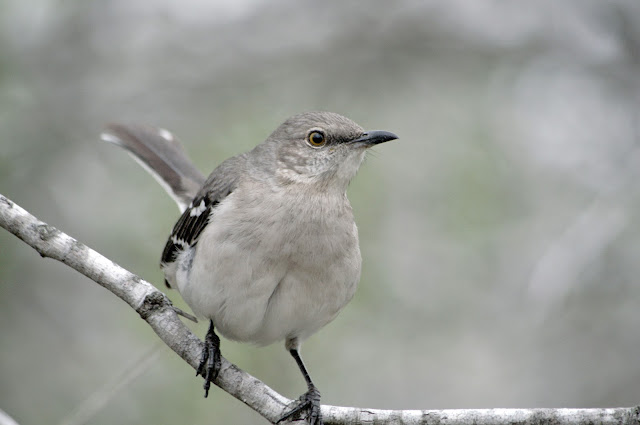Swainson's Hawk
Buteo swainsoni
Dove season in Texas opens this year on September 1st so I've decided to post a photo of a Swainson's Hawk who is getting a jump on the hunters. This hawk grabbed this dove out of the air and landed on the fence in front of where I was parked. It was one of those special moments a naturalist feels fortunate to see. The dove never struggled but as the hawk worked on trying to get a better grip on his prey, it dropped it to the ground and flew off. The dove lives another day and perhaps as a meal for something else.









